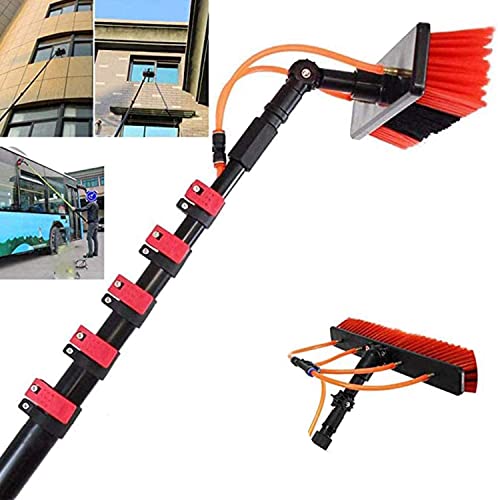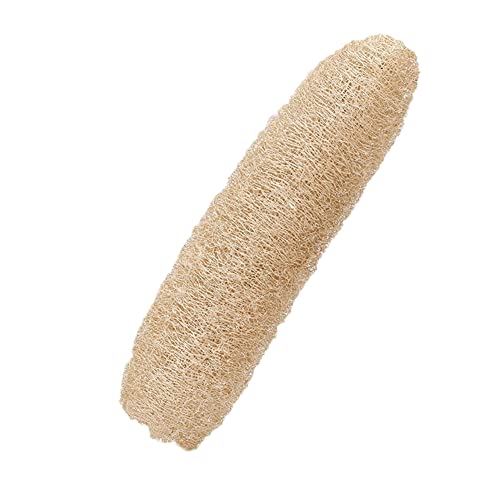- Messages
- 14,296
- Location
- Cornwall
@doug atkinson at daqua is very good reasonable price and good adviceSo I'm going to try and get a refund from bailey's, but in the meantime need to get a new membrane ASAP as really need to start producing more pure.
Where is the best place to get one from and any suggestions on what one to get? Or should I stick with the spectrum??
























